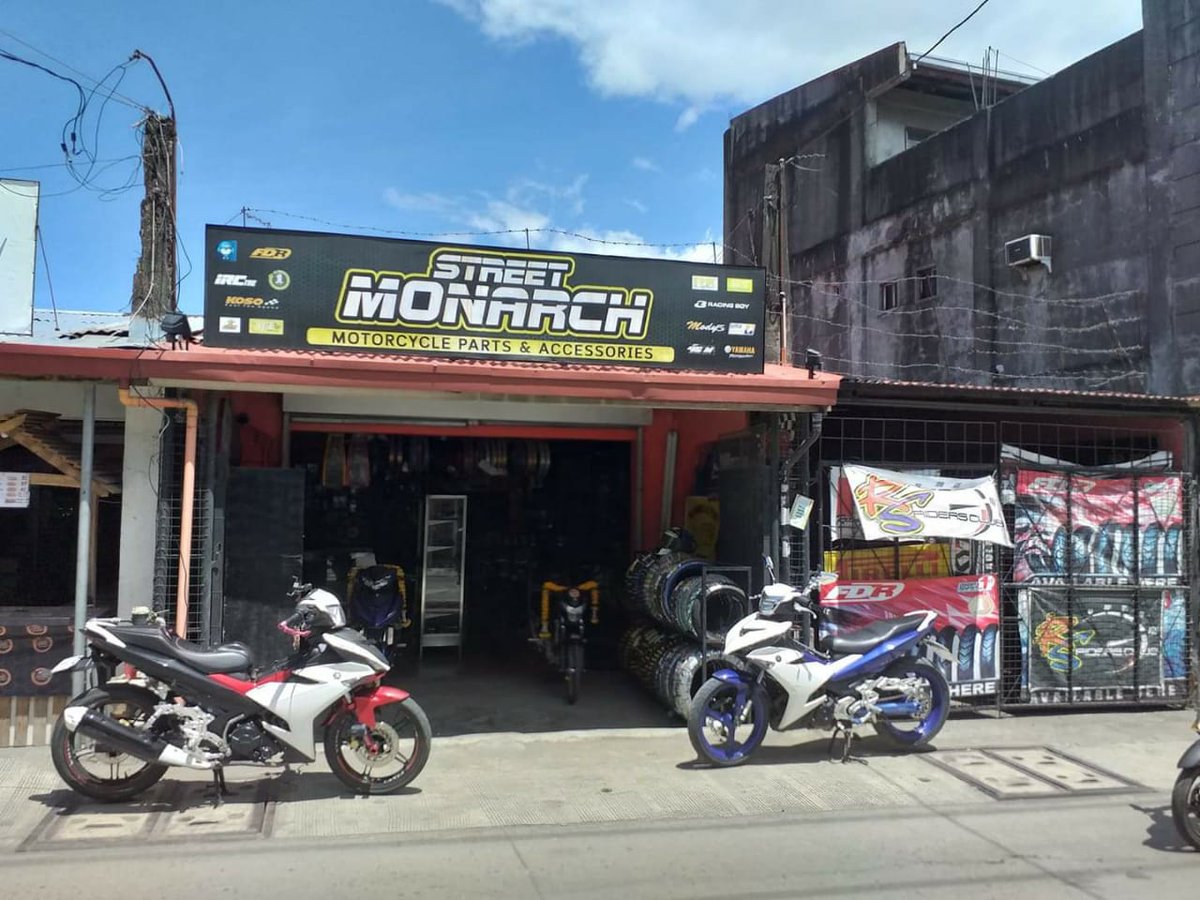Discover Affordable Rates on Motocross Parts NZ for Every Bike
Wiki Article
Understanding the Necessary Parts of a Bike: A Comprehensive Overview for Enthusiasts
For bike lovers looking to boost their riding experience and guarantee their bikes run smoothly, understanding the necessary parts of a bike is paramount. Each component, from the engine's intricate workings to the essential function of the braking systems, not just influences performance yet additionally safety and convenience.Engine Parts

The camshaft plays an essential function in controlling the timing of the engine's valves, ensuring the precise opening and closing essential for reliable fuel and air consumption, in addition to exhaust expulsion. This timing is crucial to maintaining optimum engine performance and performance. Furthermore, the carburetor or gas shot system, relying on the bike version, is accountable for blending air with gas in the correct proportion for combustion.
The air conditioning system, either air or liquid-based, functions to maintain the engine's temperature within operational limitations, avoiding getting too hot and making sure durability - motorbike shop. Each part, meticulously developed and integrated, contributes to the seamless procedure of the engine, specifying the motorbike's power result and overall efficiency
Transmission System
Essential to the motorcycle's performance, the transmission system makes sure efficient power transfer from the engine to the wheels. This system makes up several important components, consisting of the clutch, gearbox, and last drive, each playing an important role in translating the engine's power right into motion. The clutch, typically operated by a hand lever, serves to disengage the engine and engage from the transmission, permitting for smooth gear modifications and controlled acceleration.The gearbox, often described as the transmission correct, has a set of equipments that cyclists can by hand change with to change the bike's rate and torque outcome. These equipments are organized in a series that makes it possible for the bike to accelerate smoothly and keep optimum engine performance throughout different rates. Most motorbikes make use of a consecutive transmission, needing the rider to change equipments in a fixed order.
Braking Mechanisms
While comprehending the transmission system is essential to taking advantage of a motorbike's power, just as important is the capability to regulate and stop that power properly, which is where braking systems enter into play. Brakes are crucial for security and performance, giving the rider with the needed control to browse various terrains and conditions. Commonly, bikes include two kinds of stopping systems: disc brakes and drum brakes.Disc brakes are more common in modern motorbikes due to their remarkable performance. This system offers far better heat dissipation, constant efficiency, and enhanced quiting power, specifically in wet problems.
Alternatively, drum brakes, though less typical, are still found in some motorbikes. They work by pushing brake footwear against the internal surface of a drum connected to the wheel. While generally less reliable in warmth dissipation and stopping power, drum brakes are easier and a lot more cost-effective.
Recognizing these stopping systems' subtleties permits bikers to keep their bikes effectively find out this here and appreciate the engineering that makes certain reliable and secure quiting.
Suspension and Guiding
Suspension and steering systems are vital elements that dramatically affect a motorbike's handling and experience convenience. The suspension system, consisting of forks at the front and shock absorbers at the back, absorbs roadway irregularities, enhancing security and control. Front forks, commonly telescopic or upside down, compress and rebound to minimize influences, while back shock absorbers keep tire contact with the roadway, crucial for grip and safety.Guiding, focused around the handlebars, attaches the cyclist to the motorcycle's directional control. The steering head bearings guarantee smooth procedure, allowing exact maneuverability. Correct placement and upkeep of these bearings are important for predictable guiding reaction and lowering motorcyclist tiredness.
The suspension's adjustability is an additional important aspect; preload, damping, and rebound settings permit customization to suit different riding styles and problems. This adaptability is vital for enhancing performance, whether browsing urban roads or tackling rugged tracks. Innovations like digital suspension systems provide real-time changes, enhancing trip high quality throughout diverse terrains.

Electrical Equipments
After guaranteeing a controlled and smooth ride via reliable suspension and steering systems, attention turns to the electric systems, an essential element of modern bikes. These systems play an important role not just in beginning the engine yet additionally in powering numerous parts that improve the performance and safety and security of the motorbike.At the heart of a motorcycle's electric system is the battery, which stores electric energy needed for starting the engine and powering auxiliary systems - moto parts nz. The alternator or generator, combined with the rectifier-regulator, guarantees the battery remains charged while the bike functions, converting power right into electric power and keeping voltage degrees
The ignition system, another vital part, is accountable for sparking the air-fuel mixture in the engine's cyndrical tubes. leather motorcycle gear Modern motorbikes commonly make use of an electronic ignition system, supplying better performance and reliability compared to typical systems.
Lighting systems, consisting of fronts lights, tail lights, and indications, are also crucial, guaranteeing presence and safety and security for the cyclist. Extra digital parts such as sensing units, control units, and displays add to sophisticated functions like gas injection monitoring, anti-lock braking systems (ABDOMINAL MUSCLE), and digital control panels, further boosting the riding experience.
Verdict
A comprehensive comprehension of a motorcycle's necessary elements, consisting of the engine, transmission system, stopping systems, suspension, steering, and electrical systems, is important for enthusiasts aiming to enhance convenience, performance, and security. Mastery of these aspects permits for notified decisions pertaining to maintenance and upgrades, ultimately boosting the riding experience. By incorporating this expertise, motorcyclists can ensure their motorcycles run at peak effectiveness and integrity, thereby making the most of both pleasure and long life of their vehicles.For motorbike lovers looking to elevate their riding experience and ensure their bikes run efficiently, recognizing the necessary elements of a bike is vital.Integral to the motorbike's functionality, the transmission system makes certain effective power transfer from the engine to the wheels.While comprehending the transmission system is crucial to harnessing a bike's power, similarly crucial is the ability to control and stop that power effectively, which is where stopping mechanisms come right into play. Normally, bikes include two kinds of stopping systems: disc brakes and drum brakes.
A thorough understanding of a motorbike's essential elements, consisting of the engine, transmission system, this stopping devices, suspension, steering, and electric systems, is vital for fanatics intending to maximize convenience, safety, and efficiency.
Report this wiki page